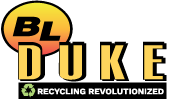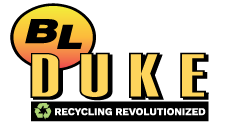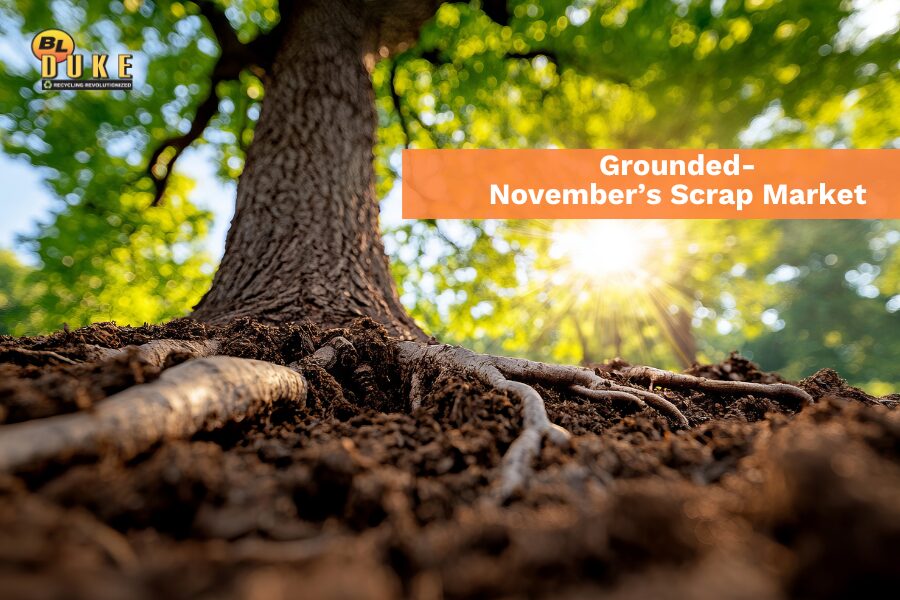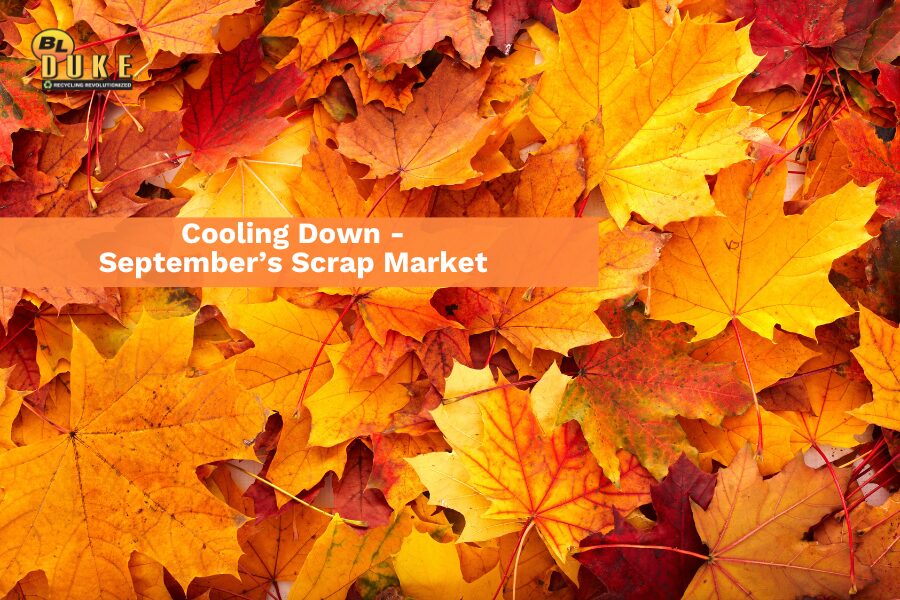July’s U.S. scrap market is staying afloat, posting its fastest settlement of the year with prices holding flat across all ferrous grades. Despite mounting global pressures and the typical summer slowdown, steel mill utilization reached a 2025 high. Meanwhile, copper prices have surged to a four-year high amid looming U.S. import tariffs, driving record imports and tightening global supply. Stainless steel scrap prices slipped slightly on weak nickel and mill demand, while aluminum scrap remains mostly stable with soft demand and extended delivery timelines.
Chicago’s Ferrous Scrap Market
Chicago’s scrap market remained flat for the third straight month, as mills secured tons at record speed ahead of the Fourth of July holiday. Seasonal volumes from demolition and construction are adding to supply, while export demand remains weak and tariff uncertainty lingers. Despite these headwinds, steel mill utilization has climbed to a 2025 high—even as four new steel mills continue to ramp up production.
“This was the fastest trade we’ve seen all year—most mills locked in tons within 24 to 48 hours, states Lou Plucinski, President. It speaks to how balanced the market feels right now, even with the usual summer headwinds.”
Tariff uncertainty looms. The 90-day pause on broad “reciprocal” U.S. tariffs—ranging from 11% to 50%—is set to expire at 12:01 a.m. EDT on July 9. If allowed to lapse, these tariffs could disrupt global trade and put added stress on export markets.
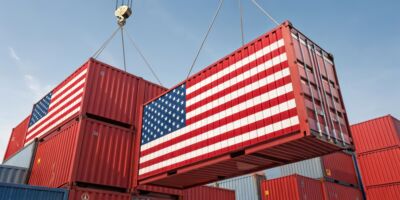 Internationally, activity remains sluggish. Turkey, the top importer of U.S. scrap, continues to grapple with economic instability. As of July 2, the Turkish lira weakened to 39.7726 per USD, down 0.07% from the week prior. Turkish mills are facing a growing margin squeeze—purchasing scrap in dollars while selling finished product in lira. With the exchange gap widening, challenges continue to mount.
Internationally, activity remains sluggish. Turkey, the top importer of U.S. scrap, continues to grapple with economic instability. As of July 2, the Turkish lira weakened to 39.7726 per USD, down 0.07% from the week prior. Turkish mills are facing a growing margin squeeze—purchasing scrap in dollars while selling finished product in lira. With the exchange gap widening, challenges continue to mount.
Market at a Glance
-
-
Mill Utilization: Capacity utilization hit 79.6% in June, the highest of 2025—up from 76.2% last year. This strength comes despite new capacity coming online:
-
SDI Sinton – 3M tons/year
-
Nucor Brandenburg – 1.2M tons/year
-
Big River 2 – 3M tons/year
-
Hybar – 630K short tons/year
-
-
Pig Iron: Prices are inching up, helping reinforce the value of prime grades of scrap metal.
-
HRC Recovery: Hot rolled coil is trading over $900/st, a signal steel mills are doing well from tariffs keeping imports away.
-
The market is stable—for now. But high scrap supply, flat exports, and tariff uncertainty are creating an uneasy balance. If mill demand holds and global conditions improve, the market could strengthen quickly. If not, pressure may mount in the weeks ahead.
Chicago’s Non-Ferrous Scrap Market
Copper prices have surged to a four-year high amid looming U.S. import tariffs, driving record imports and tightening global supply. Stainless steel scrap prices slipped slightly on weak nickel and mill demand, while aluminum scrap remains mostly stable with soft demand and extended delivery timelines.
Copper Market
Copper prices have climbed to their highest levels in four years on the London Metal Exchange, adding pressure on buyers facing sharply declining inventories. The rally has been driven by the U.S. administration’s move to impose import tariffs on copper—formally initiated in February. In anticipation, traders have rushed to ship copper into the U.S., triggering record imports and draining inventories globally. According to Goldman Sachs, this supply squeeze is expected to worsen before tariffs take effect, with a final decision likely by September.
“Copper’s rally is being driven by tariff uncertainty and tightening global supply,” said George O’Brien, Director of Non-Ferrous. “Importers are moving fast to secure material ahead of any policy shifts.”
Stainless Steel Scrap
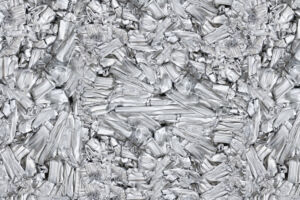 Stainless steel scrap pricing slipped slightly last week, following a 10-week low in LME Nickel. Market participants had anticipated the drop, citing weak demand, softening Nickel prices, and summer maintenance shutdowns. Despite rising geopolitical tensions between the U.S., Israel, and Iran, most traders believe this conflict hasn’t significantly impacted stainless scrap pricing—pointing out that the downtrend began well before the unrest. With seasonally slower activity ahead, further declines remain possible.
Stainless steel scrap pricing slipped slightly last week, following a 10-week low in LME Nickel. Market participants had anticipated the drop, citing weak demand, softening Nickel prices, and summer maintenance shutdowns. Despite rising geopolitical tensions between the U.S., Israel, and Iran, most traders believe this conflict hasn’t significantly impacted stainless scrap pricing—pointing out that the downtrend began well before the unrest. With seasonally slower activity ahead, further declines remain possible.
Aluminum Scrap
Secondary or smelter-grade aluminum scrap continues to show price stability, though select grades are facing slight downward pressure. Meanwhile, mill-grade or primary-grade aluminum prices have seen modest gains. However, weak demand remains a key limiting factor. Mills report healthy inventory levels and are currently scheduling deliveries out to September, adding uncertainty to an already tough-to-predict market.
